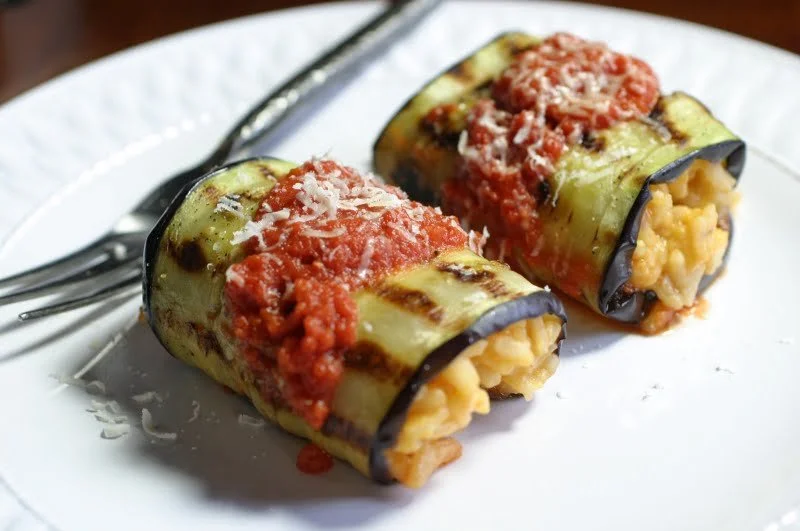Sicilian Arancini

Arancine are one of the most traditional foods in all of Sicily. These fried rice balls resemble oranges - the Italian word for orange is arancia. They can be stuffed with a variety of mixtures, but a meat sauce, or ragu, is the most traditional. In Sicily, they are sold everywhere and we loved to see them sold on the street by vendors, in the airport or even gas stations. How different from the sad hot dogs and pretzels you buy in an American gas station! They are great picnic fare and are often eaten just held in a paper napkin. Arancine are made by forming balls of risotto, inserting some kind of stuffing, rolling them in bread crumbs and then frying. They are best served hot but can be eaten room temperature.




